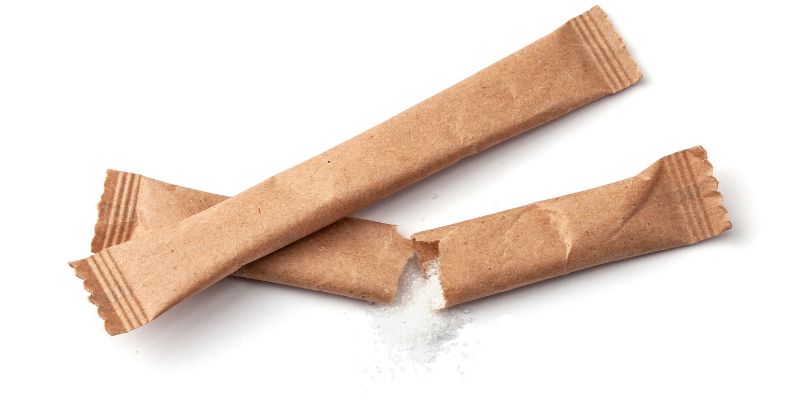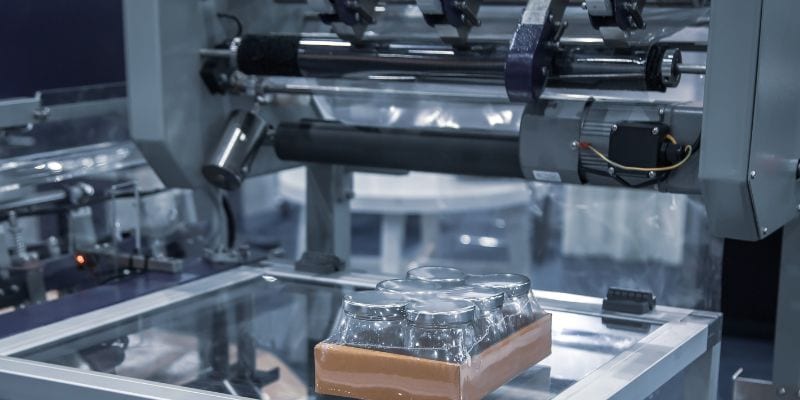What is Stick Pack Filling?
Stick pack packages, or pouches, are small and narrow and perfect for single-serve products. Stick pack pouches are convenient for products required on the go, such as drink powder pouches, nutraceuticals, liquids, concentrates, and many… What is Stick Pack Filling?





